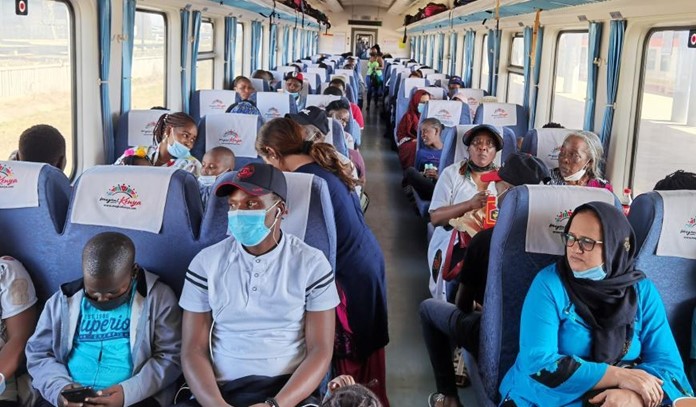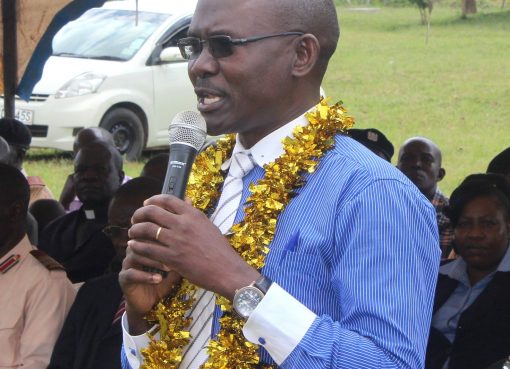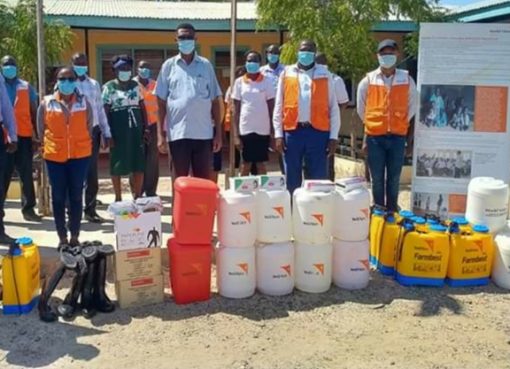Kenya’s standard gauge railway (SGR) passenger services marked a spectacular 5th anniversary by celebrating 7.8 million travelers to and from Nairobi and Mombasa according to a report released by the Kenya National Bureau of Statistics (KNBS) in June 2022.
The maiden Madaraka Express trip from Mombasa to Nairobi was made on May 31, 2017 and had on board President Uhuru Kenya, among other government officials, who freely interacted with Kenyans and made several stops at county stations.
This was shortly followed by the first passenger train open for the public on June 1, 2017 and it has now become a routine, except for a while during lockdown, when cases of COVID 19 soared in 2021.
Five years down the line, the SGR has become the number one travel option among Kenyans and foreigners alike commuting from and to Mombasa and Nairobi. If the over 7 million happy travelers are anything to go by, SGR is by far the most used form of traveling by those traveling between the capital City and the sea-side City of Mombasa.
In 2021, SGR ferried a record two million passengers, with 2018 coming second at 1.67 million as per the data by KNBS, and the numbers keep rising as more Kenyans continue to embrace it.
“2021 holds the record for the highest numbers of passengers at 2 million with 2018 coming in second with 1.67 million,” said the KNBS report.
From Mombasa to Nairobi and vice versa, the intercounty Madaraka Express train takes 8 hours while the express train takes an average of five hours compared to almost ten, taken by busses and other forms of transport.
The Presidential Strategic Communication Unit (PSCU) speaking to journalists in Nairobi said that the millions of travelers are adequate proof that the SGR is popular among Kenyans and it can only get better in the future.
“Numbers don’t lie. The millions of travelers is evidence that SGR is popular and it has a bright future as more Kenyans see the value in its efficiency and reduced travel time,” said the statement from PSCU.
The SGR fortunes would most likely triple once the project reaches the port city of Kisumu and later crosses the border into Uganda’s capital Kampala as it was initially planned.
By Arnold Linga Masila




